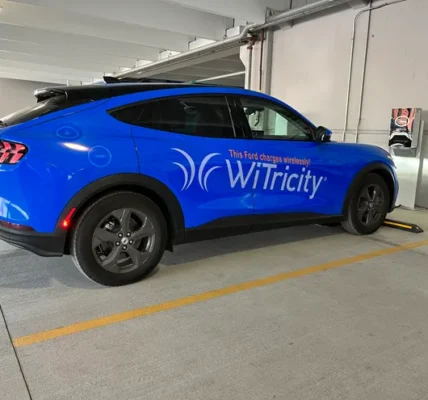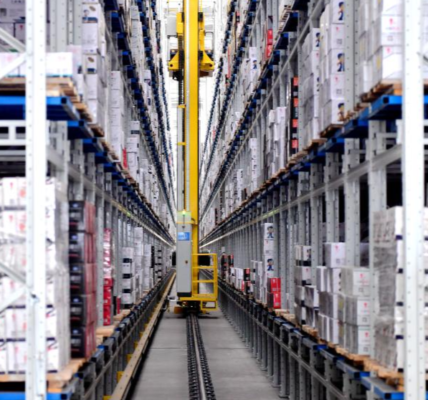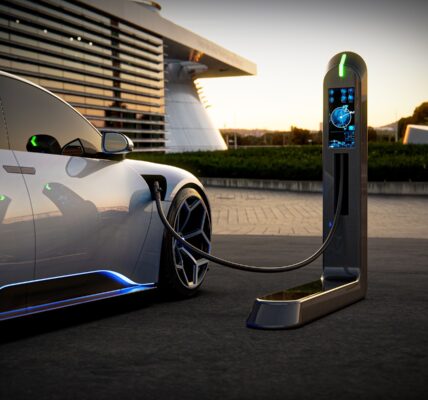Chinese electric vehicle maker Xpeng Inc joined the global exploration for future transport vehicles with the formal release of its fully electric vertical take-off and landing (eVTOL) flying car. However, experts said on Wednesday that it would likely take around 10-15 years for commercialization given persisting challenges including safety, short driving range and airspace regulations.
XPENG AEROHT, an affiliate of Xpeng, formally unveiled the latest version of the world’s first fully eVTOL vehicle on Monday, following its first public flight in the United Arab Emirates only two weeks ago.
Designed for both air flight and road driving, the vehicle features a sleek rotor fold-away system for seamless conversion between driving and flying. It is equipped with a new flight control system equipped with fault-tolerant control function and a dual-engine backup system to ensure safety, according to a press release the company sent to the Global Times.
“Subject to laws and regulations for the low-altitude airspace, it can take off and land vertically, and fly over traffic congestion, obstacles and rivers to meet a new host of short-distance mobility needs,” the company said.
As a future vehicle that accommodates smart transport, flying cars can offer quick point-to-point personal travel. The new eVTOL vehicle sector is considered a potential solution to urban traffic congestion and an alternative to personal mobility in cities.
It has been a growing sector that has attracted not only Xpeng, but other leading domestic and foreign automakers such as Zhejiang Geely Holding Group and Hyundai Motor. Public data showed that more than 200 enterprises and institutions are exploring the sector.
Domestic news site thepaper.cn reported in early 2021 that Geely plans to bring flying car developed by its aviation branch Wofei Changkong Technology Co with German air taxi developer Volocopter to the Chinese market by approximately 2024.
Ushering in the era of seamless mobility, Hyundai Motor and Uber announced a partnership for collaboration on infrastructure concepts to support take-off and landing for this new class of vehicles about two years ago.
“As most flying cars are in the testing stage, it is hard to say how big the technological gap between countries is in the sector,” Cui Dongshu, secretary general of the China Passenger Car Association (CPCA), told the Global Times on Wednesday. However, China’s leading advantages in new-energy vehicle and artificial intelligence (AI) will provide technological support and experience for the development of flying vehicles, according to Cui.
Recently, a Chinese university also tested a “flying car” which uses magnetic technology. Developed by the Chengdu-based Southwest Jiaotong University, a maglev vehicle technology test saw a 2.8-ton car float 35 millimeters above the road and run on a highway in East China’s Jiangsu Province, the Xinhua News Agency reported in September.
Reports noted that the car had been modified from a traditional vehicle, and a permanent magnet array was installed for levitation, and the road was laid with good conductor rail that allowed the car to levitate.
Challenges for commercialization
Despite recent progress in multiple aspects in flying cars, challenges persist for achieving commercialization, experts said.
“On the one hand, advanced technologies are needed to ensure that flying cars are as safe and convenient as traditional cars, and that flying cars need very high energy density. On the other hand, the establishment of flight routes and airspace regulation requires complex laws and regulations as well as the support of AI,” Wang Yanan, chief editor of Beijing-based Aerospace Knowledge magazine, told the Global Times on Wednesday.
Optimistically, it would take at least 10 to 15 years for the large-scale use of flying cars, Wang said, noting that a feasible way is to put flying cars into use stage by stage, and firstly apply the vehicles in less populated areas such as suburbs.
In recent years, China has been gradually opening up the country’s lower-altitude airspace for civilian use. According to the country’s medium- to long-term blueprint for transport technological innovation, the country will step up efforts on the research and development of flying cars, calling for breakthroughs in the integration of flying vehicles and automobiles as well as seamless conversion between flying and road driving.
According to media reports, Germany-based consulting firm Roland Berger predicted that there will be up to 160,000 flying vehicles to operate as air taxis by 2050 around the world. Meanwhile, Morgan Stanley expected the sector will grow into a market worth $1 trillion by 2040.
In sign of optimism for potential market demand, Wofei Changkong Technology Co CEO Jing Chao said the clients of flying cars will not only be businessmen but also could be used in wedding ceremonies, tourism and other special event and will become a common transport tool, according to thepaper.cn.







